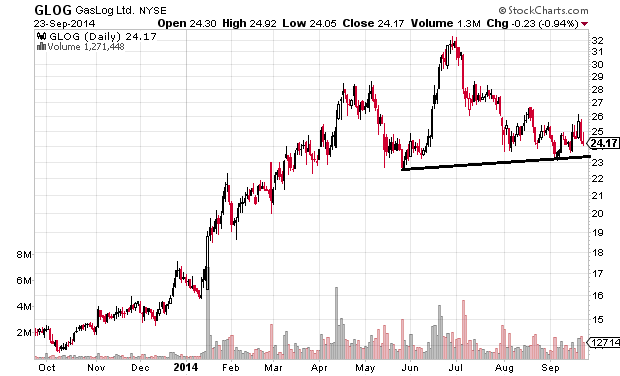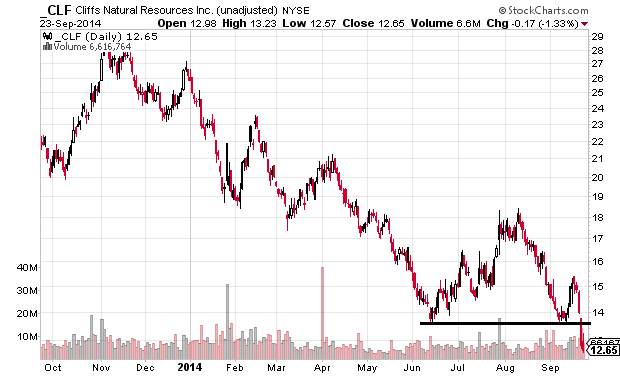Shorting ETFs Profit Or Peril
Post on: 23 Июль, 2015 No Comment

Exchange-traded funds (ETFs) are baskets of securities that have a few more perks than traditional mutual funds. They can be traded throughout the day on the open market, much like stocks, and they can be sold short. When you sell short, you’re betting against a rise in the market. Most people choose to short ETFs as a way to protect their portfolios. The investment also has some additional attractive benefits. However, short-selling ETFs also has its disadvantages, and for those investors who want to skip those downsides, a comforting alternative is available.
How ETFs Are Shorted
Advantages of Shorting ETFs
Shorting ETFs has several advantages. For one, they have more trading flexibility. Generally, they are highly tax efficient compared to mutual funds. because they defer capital tax gains. Buying ETFs is also less risky than buying the individual shares, since less money is lost. They also are not affected by short squeezes. Short squeezes occur when the price of the stock starts on a quick rise when the supply is lacking. Traders with short positions try to buy stocks to prevent losses, which only spikes the prices even further, making the losses of those who shorted and didn’t close their positions even worse. ETFs don’t suffer from this because of the number of shares that can be increased on any trading day. (Learn the differences between these investment products and how to take full advantage in Mutual Fund Or ETF: Which Is Right For You? and Capitalizing On ETF Tax Rules .)
Disadvantages of Shorting ETFs
Shorting ETFs isn’t always the best move. The process can be difficult to execute, and can lead to even greater risks if the move is not timed right, however, they are easy to trade and can lead to poor decisions from those who aren’t savvy. It can also be hard to determine who’s placing bets with an ETF. ETFs have the potential to be exposed to unlimited loses. Not all ETFs can be shorted. and some are hard to short, as it is difficult to do so in small quantities.
An Alternative: Inverse ETFs
Some people have gravitated to inverse ETFs. which are also known as short ETFs. They are designed to go up when a particular sector or index declines. These ETFs provide all the benefits of short selling, but don’t require that you make a direct short sale. This means a margin account is not required, so certain fees and costs are avoided. Inverse ETFs can allow you to profit from the market and can help hedge exposure to downside risk in your portfolio. However, they aren’t good for rising markets, need skillful market timing and their performance history is limited because they are relatively new. (If volatility and emotion are removed, passive, long-term investing comes out on top, see Buy-And-Hold Investing Vs. Market Timing and Understanding Cycles — The Key To Market Timing .)
Conclusion
Short selling ETFs can be done. In fact, they can be shorted much like stocks. ETFs offer the additional benefit of having a batch of securities which makes them more diverse and less risky. However, selling short is not advised for the inexperienced.

Before shorting, first determine whether it’s a good idea for you to invest in ETFs. According to Vanguard, people who should consider the investment are:
- long-term buy-and-hold investors
- investors with a sizable lump-sum amount to invest
- investors looking for the trading flexibility of stocks
People who should not consider ETFs are:
- Investors who rebalance frequently
- Investors engaging in regular transactions
- Investors with a small amount to invest
With ETFs, shorting is a strategy that many investors have access to, but it’s not without its risks. Make sure you have all of the information and experience needed to make it an profitable play.














